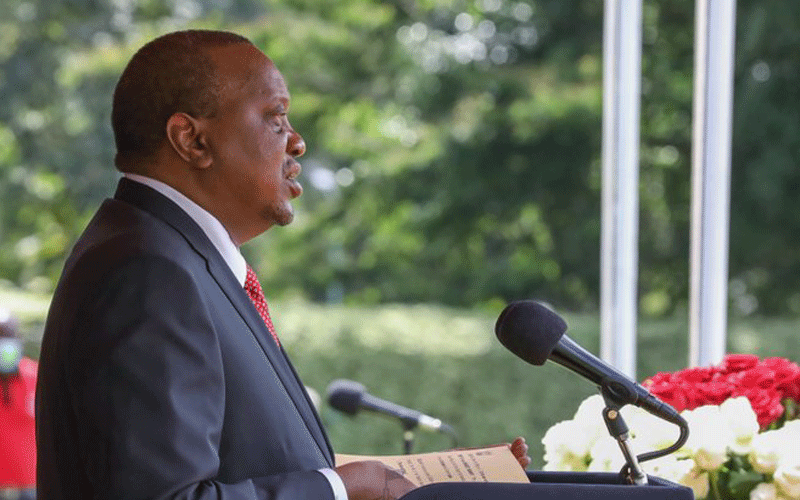Local industries can power Kenya’s recovery

What have I done to ensure that I make the best of this crisis? This is a question that lingers on my mind and shapes my day-to-day activities as I ponder on President Obama’s Chief of Staff, Rahm Emanuel’s statement, “You never want a serious crisis to go to waste.
I mean, it’s an opportunity to do things that you think you could not do before.”
Whilst Covid-19 pandemic is a health crisis, no country is immune to the economic contagion currently spreading across the globe.
Indeed, the pandemic is one of the greatest economic and social disruption in the world since the second world war, impacting every sector and citizens at large.
In Kenya President Uhuru Kenyatta’s Big Four Agenda for transforming the economy through Manufacturing, Food Security, Universal Health Care and Affordable Housing pillars has been dealt a blow.
Manufacturing, which supports the other pillars of the agenda, has had far-reaching effects, with local industries experiencing a significant reduction in output, increased liquidity and logistics challenges, and a reduction of their workforce.
The impact has been far worse among Micro, Small and Medium Enterprises (MSMEs) compared to large enterprises.
But the Big 4 Agenda should not be allowed to crumble. Instead, the manufacturing pillar can spearhead Kenya’s recovery.
Reflecting on the statement by Rahm Emanuel, Kenyan industries have indeed taken up the challenge to do things that they would otherwise not have done.
This includes the repurposing of production lines and the development of innovations, such as the first-ever locally manufactured ventilator by the Kenya Association of Manufacturers (KAM) automotive sector.
A KAM, KPMG report on Manufacturing Resilience and Sustainability Strategy: A Sector Deep Dive identifies 76 opportunities for investment and value addition.
These include the manufacture and supply of medical equipment, investments in adopting new technology and developing local value chains to reduce dependence on imports.
We have also seen local industries increase investments in innovation that will create jobs, generate revenue and show that Kenya can still power forward with the Big 4 Agenda.
For example, despite the current economic uncertainty, Isuzu East Africa is set to upgrade its assembly plant and warehousing facilities as it seeks to locally manufacture new models of fleets for the local and regional market.
On the other hand, BAT Kenya will launch a nicotine factory in Nairobi this year.
The two manufacturers are expected to create over 350 direct jobs and support over 50,000 Kenyan businesses in their extended value chain.
Such opportunities and investments give us hope that, although the road to economic recovery may not be short, our manufacturing sector is on its toes to get Kenya back on its feet.
To realise this, however, we must address hindrances to the growth, development of a resilient sector to attain the 15 per cent contribution to Kenya’s GDP as envisioned in the Big Four Agenda.
This includes long term policy stability, improved ease of doing business, a supportive regulatory environment, deferring any tax policies that increase the burden to taxpayers, developing regional value chains to minimize exposure from external shocks.
For SMEs, it includes provision of affordable credit and subcontracting opportunities to increase their market linkages.
Actions by manufacturers are a clear sign to Kenya’s economy – and the world at large – that Kenya is open for business and has a solid future as an African powerhouse for creative and entrepreneurial success.
We should make great efforts, as a country, to create an enabling environment for investments for expanding existing plants and new opportunities within the sector. The writer is the CEO of Kenya Association of Manufacturers and the UN Global Compact Kenya Chapter Board Chair — ceo@kam.co.ke









